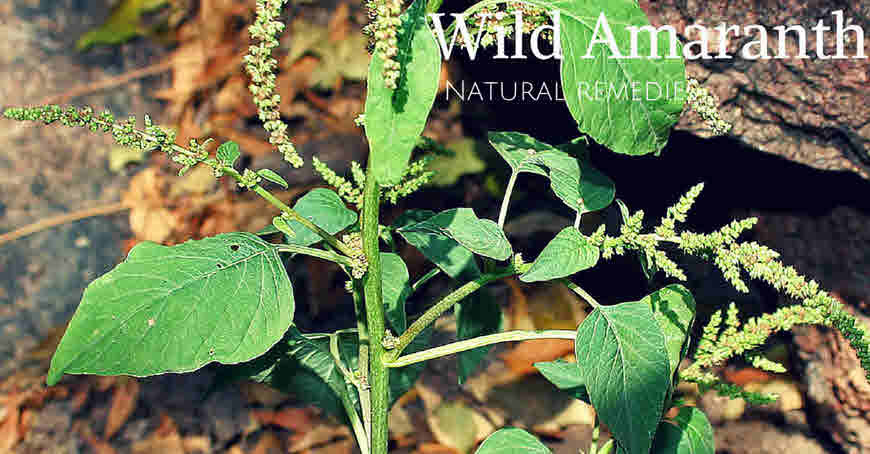Most of the plants which are used as medicine are found growing as weed. One such plant that is edible and used as medicine is Amaranthus viridis. Its few common names are Jangali Chaulai (Hindi), Marissag, shak natey (Bengali) and pig weed. People cook its leaves as vegetable. It is an annual weed plant from family Amaranthaceae and genus Amaranthus.

This plant is non-poisonous. But when it grows on lands where chemical fertilisers are used or the soil is nitrogen rich, then the plant leaves are found to be concentrated with nitrates. The concentrated nitrogen in leaves can produce harmful effects on oral intake. Otherwise this plant is non-toxic and produces no side-effect.
Botanical name: Amaranthus viridis – L;SYNONYM: Amaranthus gracilis;Euxolus viridis (L.) Moq.;
Common Name(s): Calalu, Slender amaranth, Green Amaranth, Wild Amaranth, Green pigweed Bengali: Notey, Notey shak, Marissag Tribal Name: Ahu Mihim Ga (Marma)
Scientific classification
- Kingdom-Plantae (plantes, Planta, Vegetal plants)
- Subkingdom- Viridaeplantae (green plants)
- Infrakingdom- Streptophyta (land plants)
- Division-Tracheophyta (vascular plants, tracheophytes)
- Subdivision-Spermatophytina (spermatophytes, seed plants)
- Infradivision- Angiospermae (flowering plants, angiosperms)
- Class-Magnoliopsida
- Superorder-Caryophyllanae
- Order-Caryophyllales
- Family-Amaranthaceae (pigweed, amaranthes)
- Genus-Amaranthus L. (pigweed)
- Species-Amaranthus viridis (slender amaranth)
Chemical Constituents
The principal constituents are saponins. The plant contains sterols and fatty acids in the seeds. The stem and leaves contain oxalic acid.
Plant Description
Annual herb 30-60cm tall;Stem erect, branched, herbaceous, solid, glabrous, grooved;Leaves simple, not lobed or divided, opposite, stalked, ovate, glabrous on both sides, margin entire, apex acute, rounded or emarginated, base acute, rounded or truncate, pinnately veined, dark green;Flowers small, numerous, bisexual, grouped in a terminal spike, sessile, petals 3, green;Fruit capsule with rounded dark brown to black seeds.
Geographical Distribution, Habitat
The plant is native to Asia. It is found as a weed in tropical and subtropical regions, including West Indies, Africa, China, Japan and Indian subcontinent. It is cultivated in Congo, Gabon and Nigeria.
Medicinal Uses of Pig weed or Jangali Chaulai
Pig weed or Jangali Chaulai is an edible plant. Its leaves are cooked as spinach. The plant is also a cattle fodder. The plant leaves contain protein, fat, carbohydrates, fibre, calcium, phosphorus, iron, sodium, potassium and many vitamins (A, C, niacin). The seeds of the plant contain protein and fat.
Traditionally plant is used to treat many diseases.
- The leaves stimulates urines production and has purgative properties.
- The root juice is given to treat inflammation during urination.
- The decoction of whole plant is medicine for loose motion, dysentery and swelling.
- Infusion of whole plant is used for removing toxins from blood.
- The leaves are useful in the treatment of constipation.
- Poultice prepared from leaves is applied on inflammation, haemorrhoids, abscesses, gonorrhea, etc.
Seeds of the plant are used in powdered form to cure eye diseases, vision problem and eyesight weakness. The method involves collection of seeds in September to November. The fresh seeds are dried in the sun to remove the moisture. Removing moisture helps to store seeds for future use. Next is to take equal amount of dried anjeer and misri/candy sugar. All are ground to get fine powder and stored in bottle. This is used as a medicine to treat vision problems. Its dose is 15-20 grams with one cup water, twice a day for 1-2 weeks.